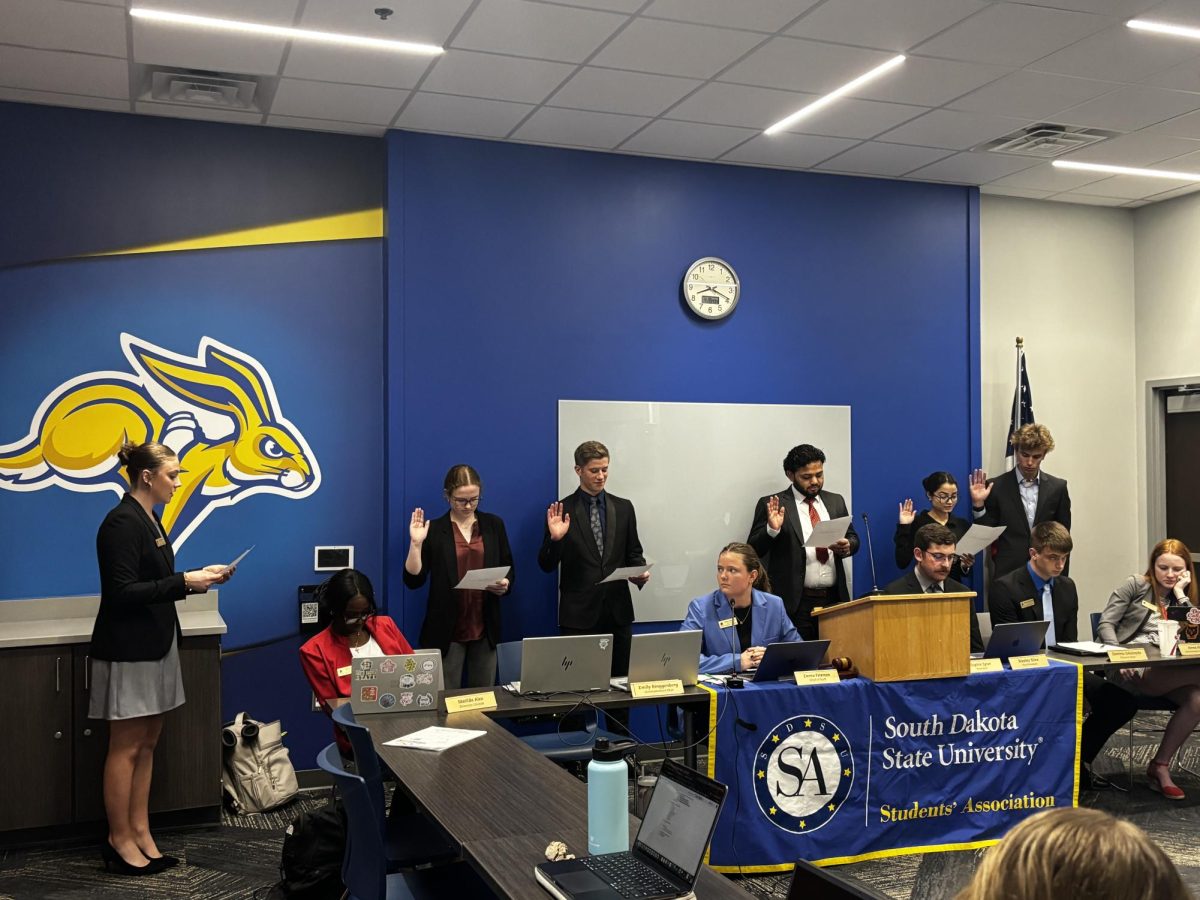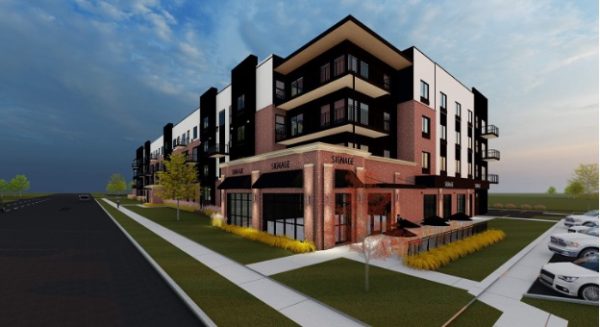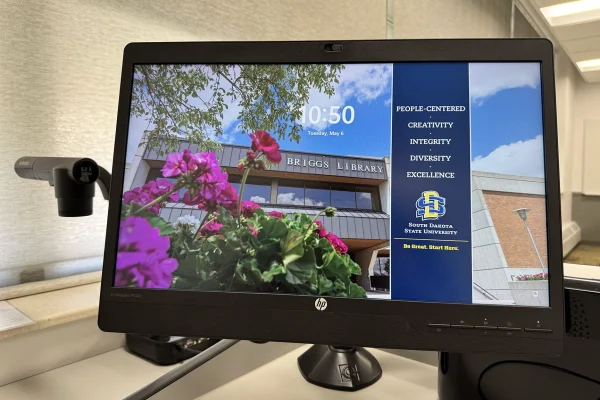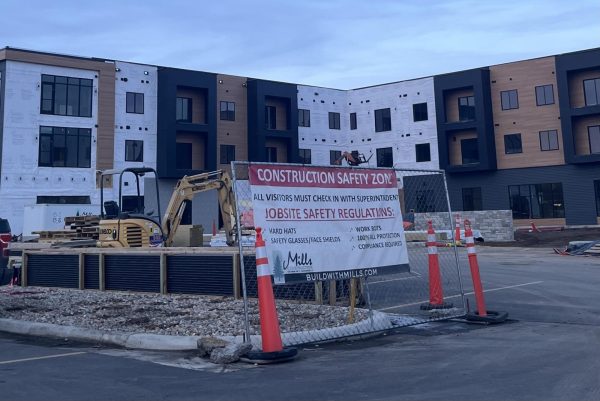Is it time for classroom wi-fi?
October 5, 2006
Jeremy Fugleberg
The Students’ Association says students could pay for expanded wireless access by raising per-credit technology fees – which they said would raise almost $250,000 every year. But despite the offer, they say SDSU’s technology chief is standing in the way.
The announcement came on the heels of the results of a new student survey that shows more wireless Internet access is crucial to a large majority of students.
Backed with the survey results, SA President Alex Halbach and two other senators met with Mike Adelaine, the university’s chief technology officer, to push for expanded wireless Internet coverage. They felt they were turned away, even after they mentioned that students would be willing to pay for it.
“The impression I got was that money wasn’t 100 percent of the issue,” Halbach said. “I’m still confused on what the issue really is then. I didn’t get a clear explanation on whether it was a money issue or not from him.”
According to Halbach, and later verified by an email interview with Adelaine, even with the money out of the way, concerns still remain about security, cheating and proper use of wireless Internet in classrooms.
Adelaine said he feels faculty need to understand the limitations of wireless Internet.
“Simply put, it is not always feasible to transfer information-rich content across a wireless connection, due to the number of students sharing bandwidth,” he said.
Robert Fourney, an electrical engineering professor who has worked with Internet security, said he doesn’t understand the security fears. He said keeping the network limited and locked down isn’t the right response to fears of security breaches.
“They could extend that argument and take away our computers because someone could crack into our databases,” he said. For a good wireless Internet system, “the answer is to hire someone who knows how to do it, or get someone who knows how to do it.”
SDSU is the only public university in the state to not have a plan to cover classrooms with wireless Internet, according to an August technology survey report issued by the South Dakota Board of Regents.
Tech-focused Dakota State University and the South Dakota School of Mines and Technology are already 100 percent wireless in all their classrooms. University of South Dakota plans to cover the entire campus within five years. Black Hills State University and Northern State University plan to upgrade as much as they can afford each year.
Robert T. “Tad” Perry, the BOR’s executive director, said the report was done to get a better picture of each schools progress and goals.
“Before we do anything we’re going to make sure that we’re going to have a better understanding of where campuses are and what they need,” he said.
Other South Dakota university chief information technology officers said their faculty had raised concerns that students would use wireless Internet for things other than work in class.
At Dakota State University, Chief Information Officer David Zolnowsky said it’s an issue faculty need to work out on their own.
“Our approach to (concerns) is to tell faculty that is a classroom management issue, not a technology issue,” he said. “Even back when I was a student, we doodled, we studied for another class, that kind of thing.”
At Northern State University, Erica Tallman, chief technology officer, said there is software available that allows professors to control what students do with wireless in class. She said some faculty choose to use it and some don’t.
Halbach said it’s clear that Adelaine and the senators are not coming at the problem from the same direction.
“I’m coming from the student perspective that says ‘We want wireless everywhere, and we want it now,'” he said. “He’s taking a more reserved approach, a more strategic approach.”
Halbach said his next move was an Oct. 3 meeting with Mike Reger, executive vice president for administration, to push for support of the upgrades.
“(Reger) said he can understand both sides of the argument on this one,” said Halbach. “He said he needs to do more research so he can understand what the hold-up is.”
At NSU, students don’t consider wireless as important as SDSU students, said Tallman. But if she had the money to pay for more wireless Internet, it would happen.
“If we had the funds, it would be full-steam ahead,” she said.
North Dakota State University is very close to 100 percent coverage of their academic buildings, said Marc Wallman, director of information tech services at the Fargo, N.D., university.
He said several years ago the decision was made to go 100 percent. The only question was which buildings would be covered first.
“There’s a standing committee to determine which buildings get wireless when,” he said. “I haven’t heard any controversy over what priorities the committee has set.”
Fourney said SDSU should be much further ahead with wireless Internet coverage on campus.
“It’s a shame that Pizza Ranch, the Lutheran student center and every rest stop on the highway in Iowa has better wireless Internet than SDSU,” he said.





















